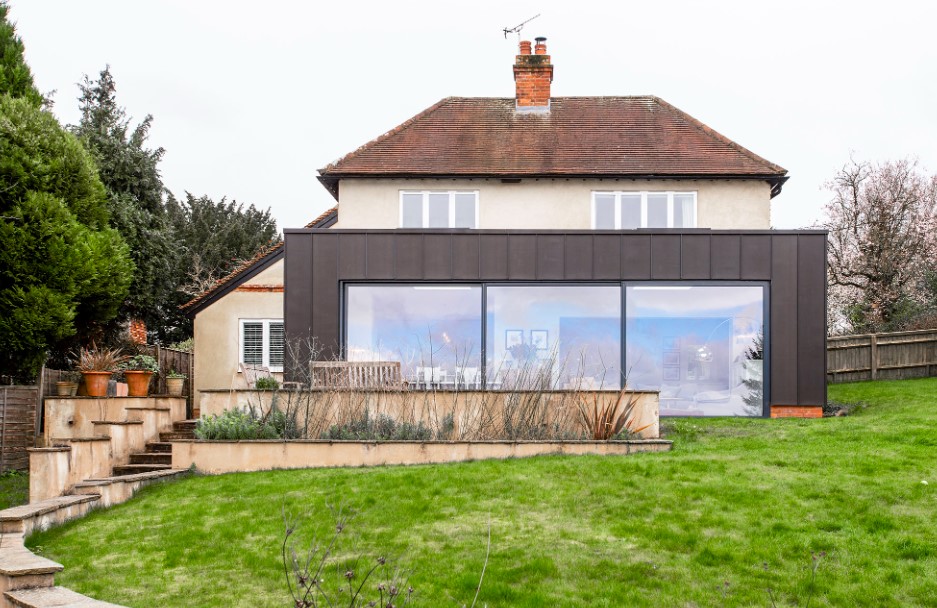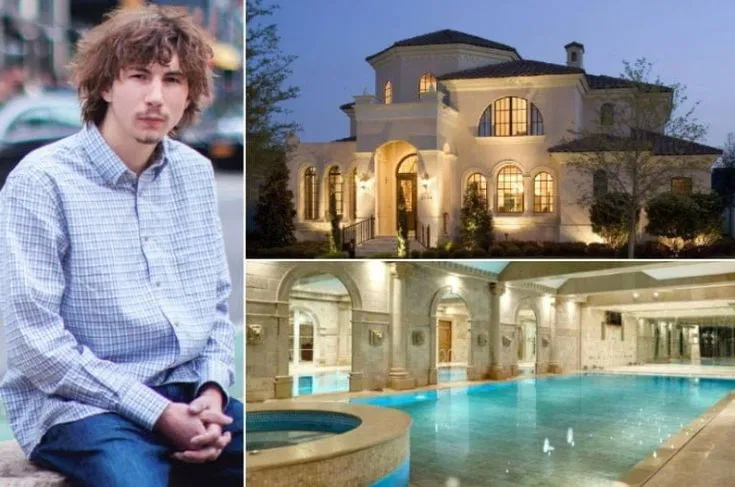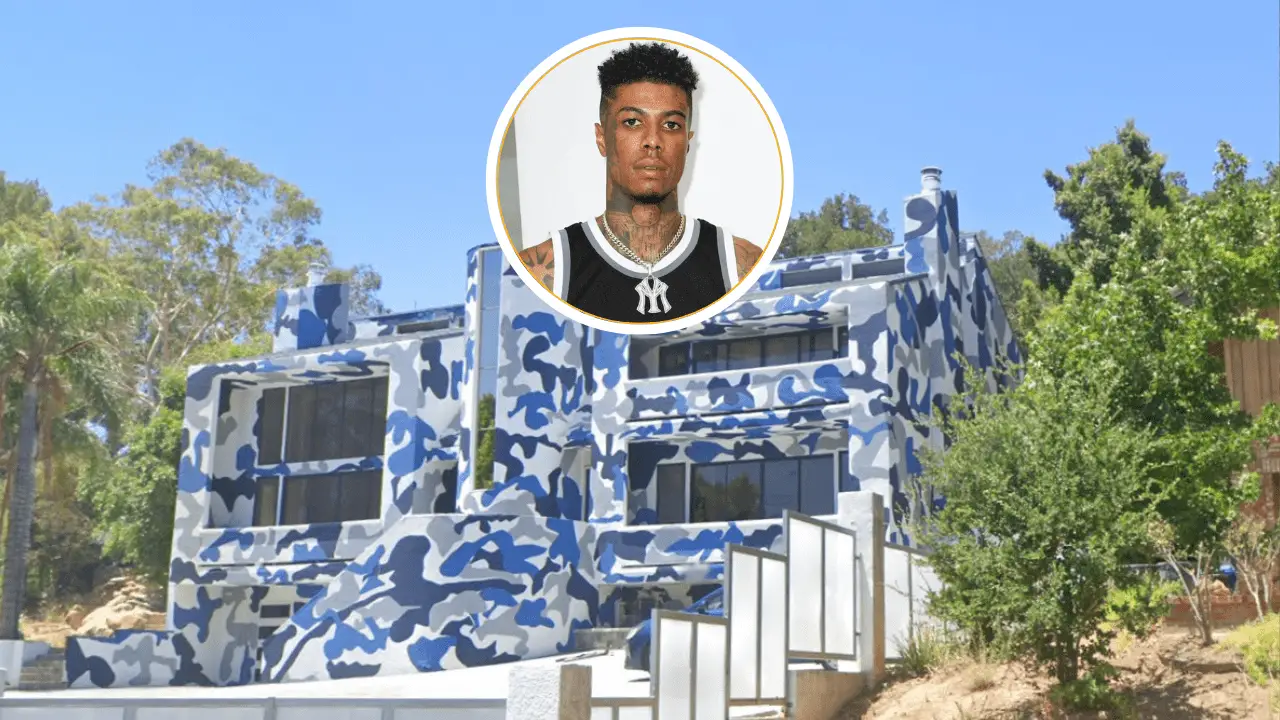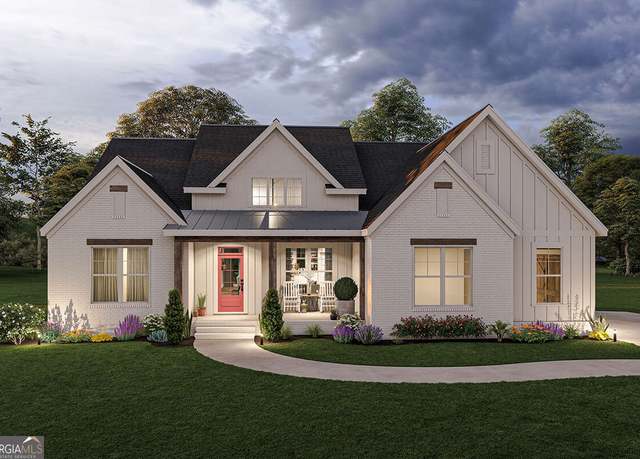Contents
In the world of modern architecture, zinc houses have emerged as a blend of style, sustainability, and durability. These homes feature zinc cladding, roofing, or both, creating a sleek, industrial look that’s perfect for contemporary design enthusiasts. But there’s more to zinc houses than just their looks—zinc as a building material offers practical benefits that make it a top choice for eco-friendly and low-maintenance construction.
What is a Zinc House?
Zinc is a metal known for its corrosion-resistant properties and long lifespan, making it ideal for building exteriors. Unlike other metals that might rust or wear over time, zinc develops a natural patina that protects it from the elements. This characteristic not only enhances its durability but also gives zinc a unique, evolving appearance over the years.
Why Choose Zinc for Your Home?
When building or renovating a home, selecting materials that offer longevity, environmental benefits, and aesthetic appeal is crucial. Zinc checks all these boxes, which is why it’s gaining popularity in residential construction. Here are some reasons to consider a zinc house:
1. Sustainability
Zinc is an eco-friendly choice due to its recyclability and energy-efficient production process. Unlike other metals that require intensive mining and processing, zinc can be recycled indefinitely without losing its properties. This minimizes waste and reduces the carbon footprint associated with new construction. Plus, zinc’s natural properties mean it doesn’t require frequent painting or chemical treatments, further lowering its environmental impact.
2. Durability
Zinc cladding and roofing are highly resistant to weather conditions. Zinc develops a patina over time, which acts as a protective layer, making it resilient against corrosion, rust, and even harsh climates. This weather-resistant quality means less maintenance and a longer lifespan for your home. In fact, zinc roofing can last up to 80-100 years with minimal upkeep, making it a smart investment for the long haul.
3. Aesthetic Appeal
Zinc houses offer a modern, industrial look that stands out. Zinc’s versatility allows for various finishes and textures, from smooth and polished to rugged and matte. This adaptability lets homeowners achieve a range of looks, from sleek contemporary designs to rustic, natural finishes. Additionally, zinc comes in several color options, giving architects and homeowners the flexibility to match it with other materials or design elements.
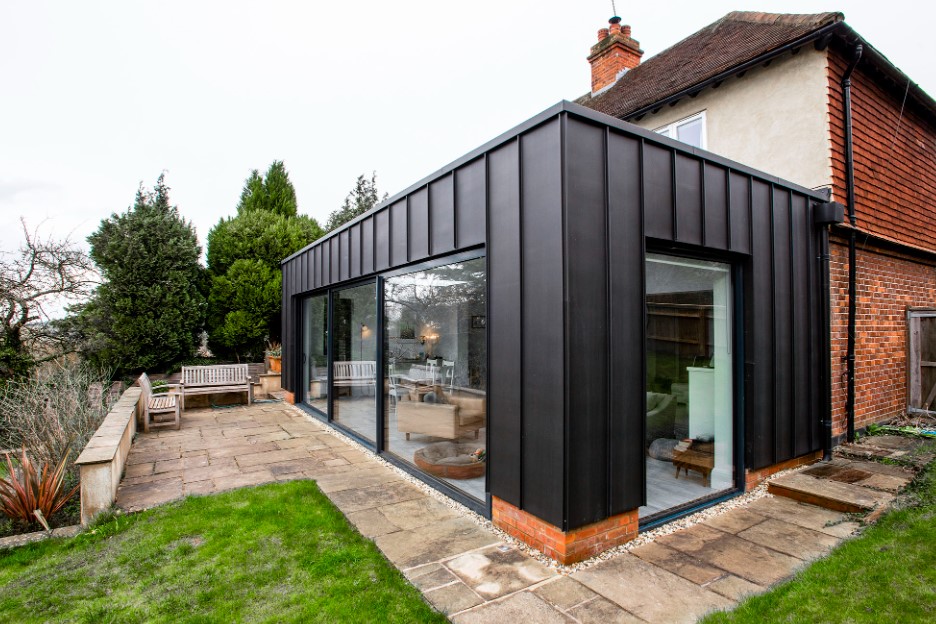
Key Features of Zinc Houses
1. Zinc Cladding
Zinc cladding is a popular choice for exteriors due to its aesthetic and functional benefits. It protects the house from external elements while adding a contemporary flair. Zinc cladding is also lightweight, which reduces structural load, and can be installed over existing walls, making it suitable for renovations.
2. Zinc Roofing
Zinc roofing is not only durable but also energy-efficient. It reflects heat, reducing cooling costs in the summer, and retains warmth during winter months. Moreover, zinc roofing requires minimal maintenance and is ideal for areas with extreme weather conditions, as it resists rust and corrosion better than many other roofing materials.
3. Zinc Façade
A zinc façade gives a house a modern edge and can transform its appearance without extensive renovations. This feature is especially popular in industrial-style and minimalist architecture, where metal and clean lines are celebrated. A zinc façade is both a statement piece and a functional element, protecting the house while enhancing its design.
Environmental Impact and Benefits
Opting for a zinc house aligns with sustainable building practices. Zinc has a low melting point, which means less energy is needed during production. Additionally, zinc is non-toxic and poses no health risks to inhabitants, making it a safe choice for families. Its recyclability further contributes to its sustainability, as zinc can be repurposed at the end of its lifecycle without losing quality.
Zinc also improves energy efficiency. Its natural ability to reflect solar radiation means less reliance on air conditioning in the summer, and its heat retention properties help keep homes warmer in the winter. These factors make zinc an attractive option for those looking to reduce energy costs and minimize their environmental impact.
Cost Considerations
While zinc may have a higher upfront cost compared to traditional materials like wood or vinyl, its durability and low maintenance requirements often offset this initial expense. A zinc roof, for example, might cost more to install than asphalt shingles, but with an 80-100 year lifespan, it essentially pays for itself over time. Zinc cladding and roofing also increase a home’s resale value due to their aesthetic appeal and sustainable qualities.
How to Maintain a Zinc House
One of the biggest advantages of a zinc house is the minimal maintenance it requires. The patina that forms on zinc surfaces protects it from corrosion and damage, so you won’t need to repaint or replace panels frequently. Occasional cleaning with mild soap and water is usually sufficient to keep the zinc looking its best. Additionally, zinc’s natural resistance to mold and mildew makes it a low-maintenance option for areas with high humidity or rainfall.
Final Thoughts
A zinc house offers a compelling combination of modern design, sustainability, and resilience. By choosing zinc cladding or roofing, homeowners invest in a material that not only looks stunning but also stands the test of time. With minimal maintenance needs and an eco-friendly profile, zinc is a perfect choice for those looking to create a unique, durable, and environmentally conscious home.
If you’re planning to build or renovate, consider zinc as a top choice. Its benefits go beyond aesthetics, offering long-term value and contributing to a sustainable future. Investing in zinc might just be the key to building a home that’s as stylish as it is durable.
Frequently Asked Questions
How long does a zinc roof last?
Zinc roofs can last between 80-100 years with minimal maintenance, thanks to the protective patina that develops over time.
Is zinc cladding eco-friendly?
Yes, zinc is highly recyclable and has a lower environmental impact compared to many other building materials. Its production requires less energy, and it doesn’t emit harmful substances.
Does zinc change color over time?
Yes, zinc develops a patina that can change color, typically transitioning from a shiny metallic to a soft grey or bluish tint. This process enhances its durability and gives it a unique look.
How much does a zinc house cost compared to traditional homes?
While the initial cost may be higher, zinc’s durability and low maintenance needs often lead to cost savings over time, making it a wise investment.
Can zinc be combined with other materials in construction?
Absolutely. Zinc pairs well with wood, glass, and concrete, making it versatile for various architectural styles and aesthetics.
You May Also Read:

